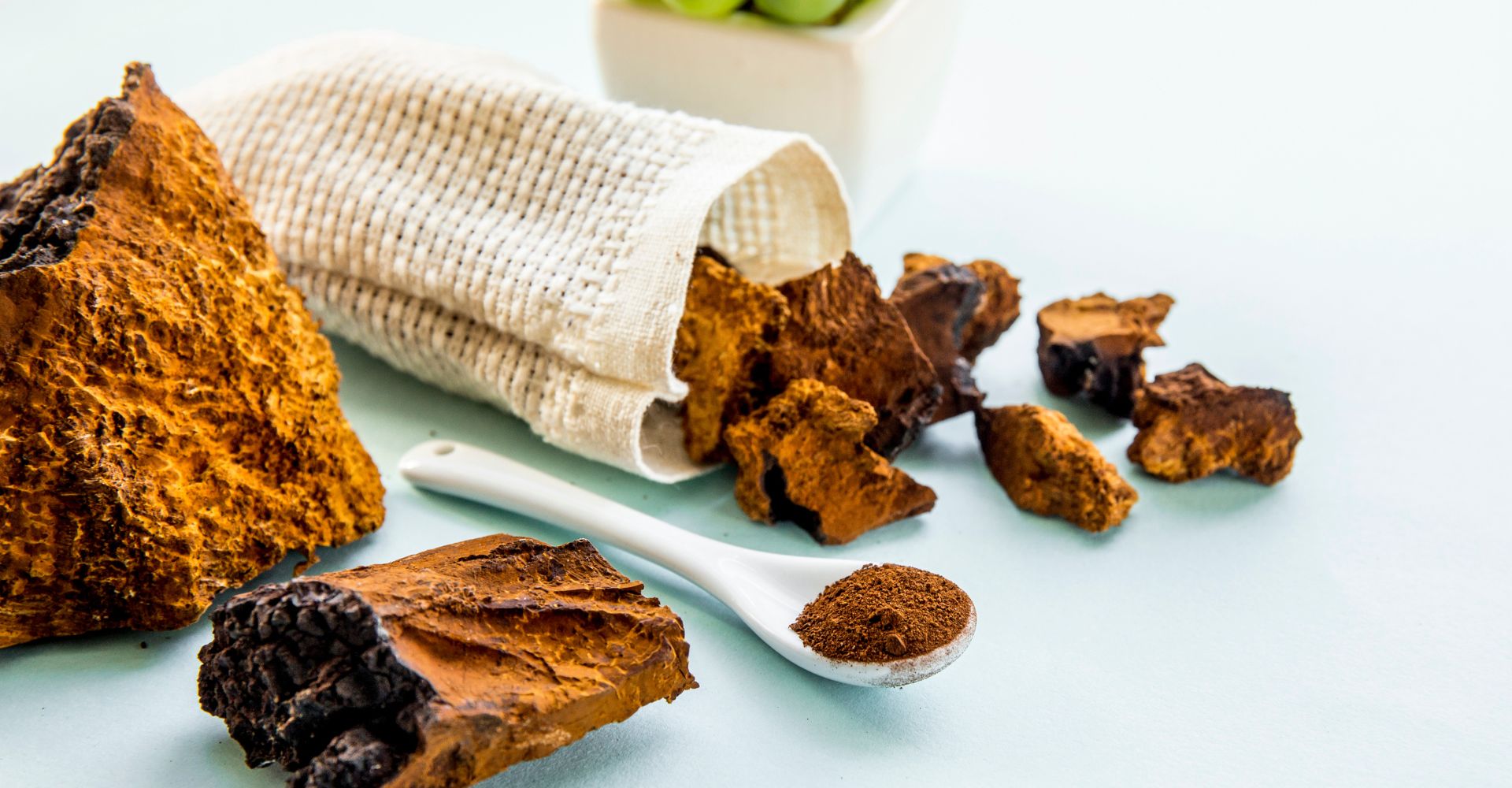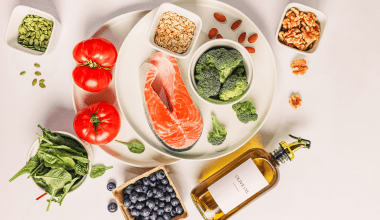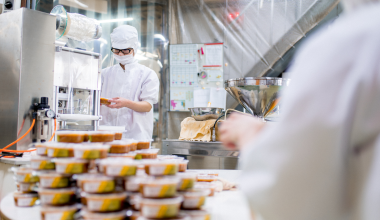Most of us have heard about the potential power of psylocibin for mental health treatment, but did you know that there is a class of mushrooms that are non-psychedelic, and have medicinal medicinal properties?
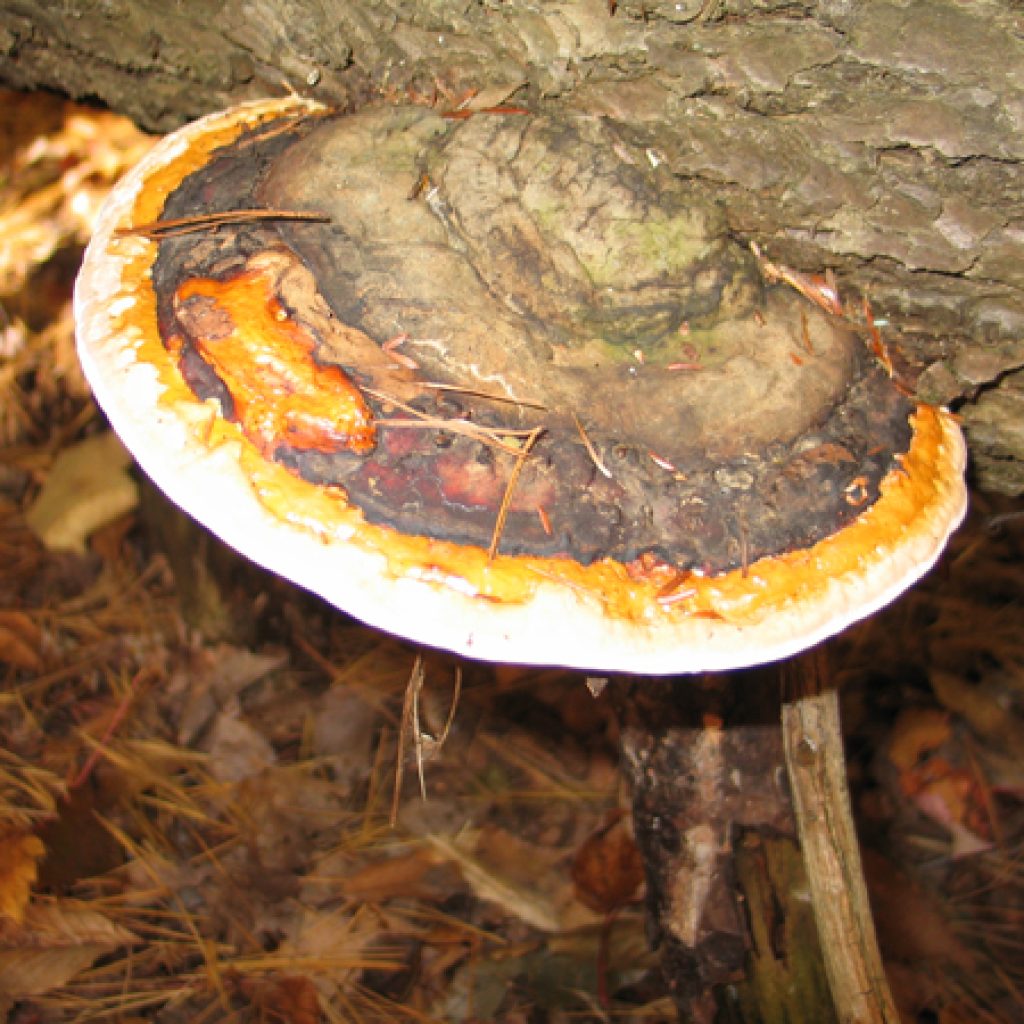
These mushrooms are called polypores and you’ve likely seen them during your walks in the woods. And while these mushrooms are not of the gourmet variety, humans have interacted with them for thousands of years for other purposes.
Most polypores inhabit tree trunks or branches where they parasitically consume wood, becoming important agents of wood decay.
With over 1,000 species known to science, they play a significant role in nutrient cycling and aid in carbon dioxide absorption by forest ecosystems.
Polypores are more diverse in old, natural forests with abundant dead wood. They’re an indicator species of healthy, natural or old-growth forests. Most are edible or at least non-toxic, however one genus is poisonous; Hapalopilus is known to have caused poisoning in several people.

Some polypores are believed to prolong life, prevent aging, and increase energy. Recently, medicinal mushrooms have been included in cancer treatment protocols.
History of Medicinal Mushrooms
Peoples’ relationships with fungi is likely very deep, going back to ancient Asian or European ancestors of Pleistocene times, having been used in rituals and for utilitarian purposes for millennia.
We know this because Ötzi the Iceman who lived between 3350 and 3105 BC was found in the Austrian Alps in 1991 carrying two different polypore species. One is presumed to be for medicinal purposes and one for fire.
The alchemist Tao Hongjing, from the 5th century, described several medicinal mushrooms, including ling zhi and zhu ling. These medicines were reportedly in use by Shennong, a deity who was thought to have taught the ancient Chinese not only their practices of agriculture, but also the use of herbal drugs.
Central Europeans used polypores for the treatment of various diseases such as dysmenorrhea, hemorrhoids, bladder disorders, pyretic diseases, treatment of coughs, cancer, and rheumatism.
Closer to home, first peoples of North America likely used at least a half dozen species of polypores for food, tinder, fire starter, and carving masks. They also used them medicinally, consumed as teas, or applied externally to relieve pain.
Uses
For more than 30 years, medicinal mushrooms have been approved as an addition to standard medical cancer treatments in Japan and China.
Research on them is still new to Western medicine, so solid evidence supporting the health benefits of medical mushrooms for humans still needs far more research.
Medicinal mushrooms aren’t a cure-all, but they have traditionally been used to help with the following health issues:
- Fight stress,
- Boost immune system,
- Anti-inflammatory,
- Antioxidant,
- Anti-tumour,
- Anti-cancer,
- Brain health,
- Insomnia,
- Promote healing.
Four Common Medicinal Mushrooms Found in Canada
Chaga
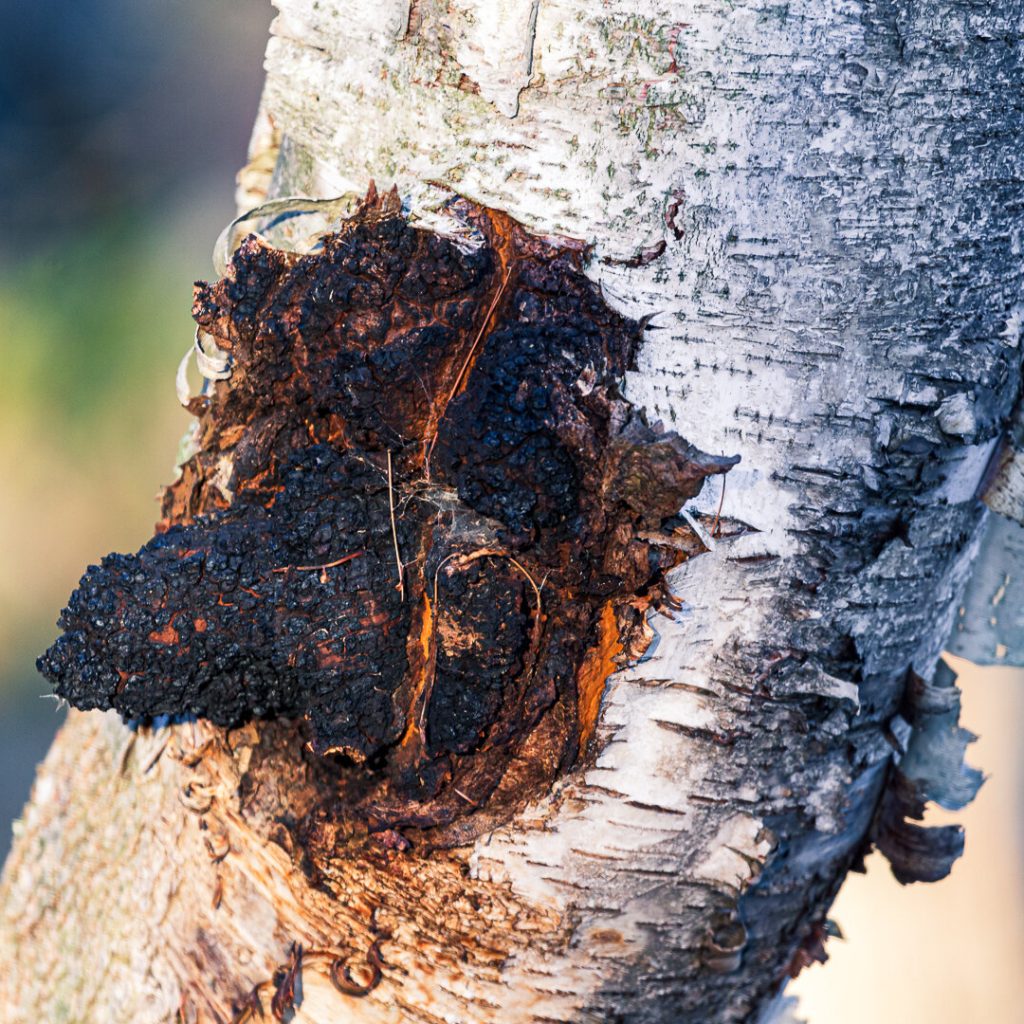
Chaga is found on live yellow and white birch trees in cold, damp climates throughout North America, Russia, and the Northern hemisphere.
It grows on living trees, and is parasitic. It absorbs and synthesizes healthy compounds from the tree through a fracture or a wound in the bark.
Chaga looks like a growth, a burnt blister, or as described in the Cree legend – a scab growing somewhere along the trunk of the birch tree.
The portion of chaga that is harvested is two toned, with a brittle, coal-black exterior crust (called sclerotia) and a cork-like, golden-brown interior.
Antioxidants and betulinic acid are two properties found in birch that give chaga its potent benefits, presumably helping with aging, inflammation, lowering LDL and is anti-tumour.
Chaga does have lookalikes; Birch gnarl and burl are tumours on birch trees. They are neither safe nor healthy to consume. Never harvest chaga from a dead or fallen tree, as the mushroom is only sterile and alive while the tree lives.
If you do decide to harvest fungi, make sure you do so sustainably and only take 10% of the “conk”, which is the visible, fruit portion of the mushroom.
Lion’s mane
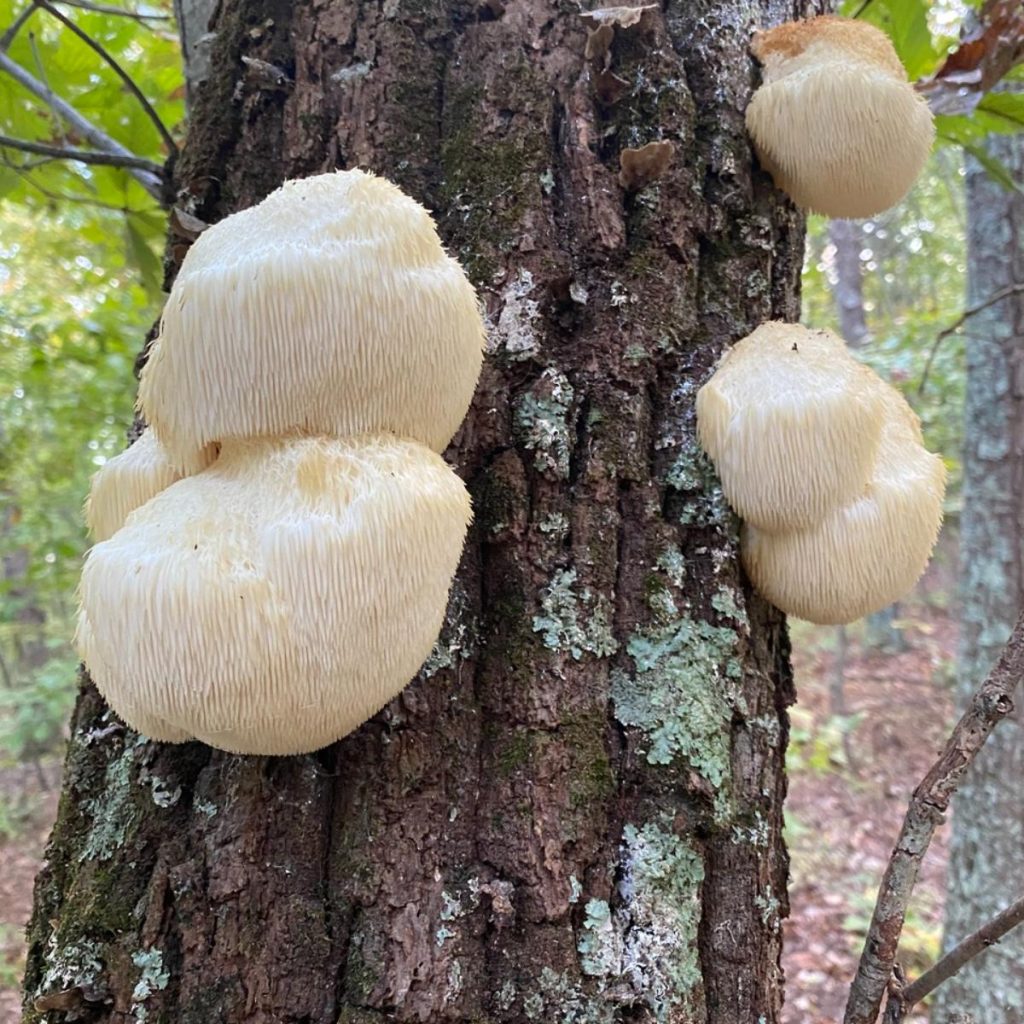
Lion’s mane can be found across Canada growing on the wood of dead or dying deciduous trees. They are generally found on fallen oak, beech, or maple, from late summer to fall.
Lion’s mane is unique looking with its unbranched body of icicle-like spines and soft white tissue. It’s a great mushroom for beginner foragers with no toxic lookalikes.
According to myth, those that eat lion’s mane mushroom will have nerves of steel and nearly perfect memory. Legend continues in modern times, as lion’s mane is still believed to help with brain fog, cognition, and memory.
Active compounds within the mushroom may help promote neurogenesis and enhance memory, according to a new Australian study.
Preclinical trials from the study reported the compound had a significant impact on neural growth and improved memory formation. Researchers said the compound could have clinical applications in treating and preventing neurodegenerative disorders such as Alzheimer’s disease.
“Extracts from these so-called ‘lion’s mane’ mushrooms have been used in traditional medicine in Asian countries for centuries, but we wanted to scientifically determine their potential effect on brain cells,” said study co-author Frederic Meunier from the Queensland Brain Institute, in a statement. “Pre-clinical testing found the lion’s mane mushroom had a significant impact on the growth of brain cells and improving memory.”
Reishi
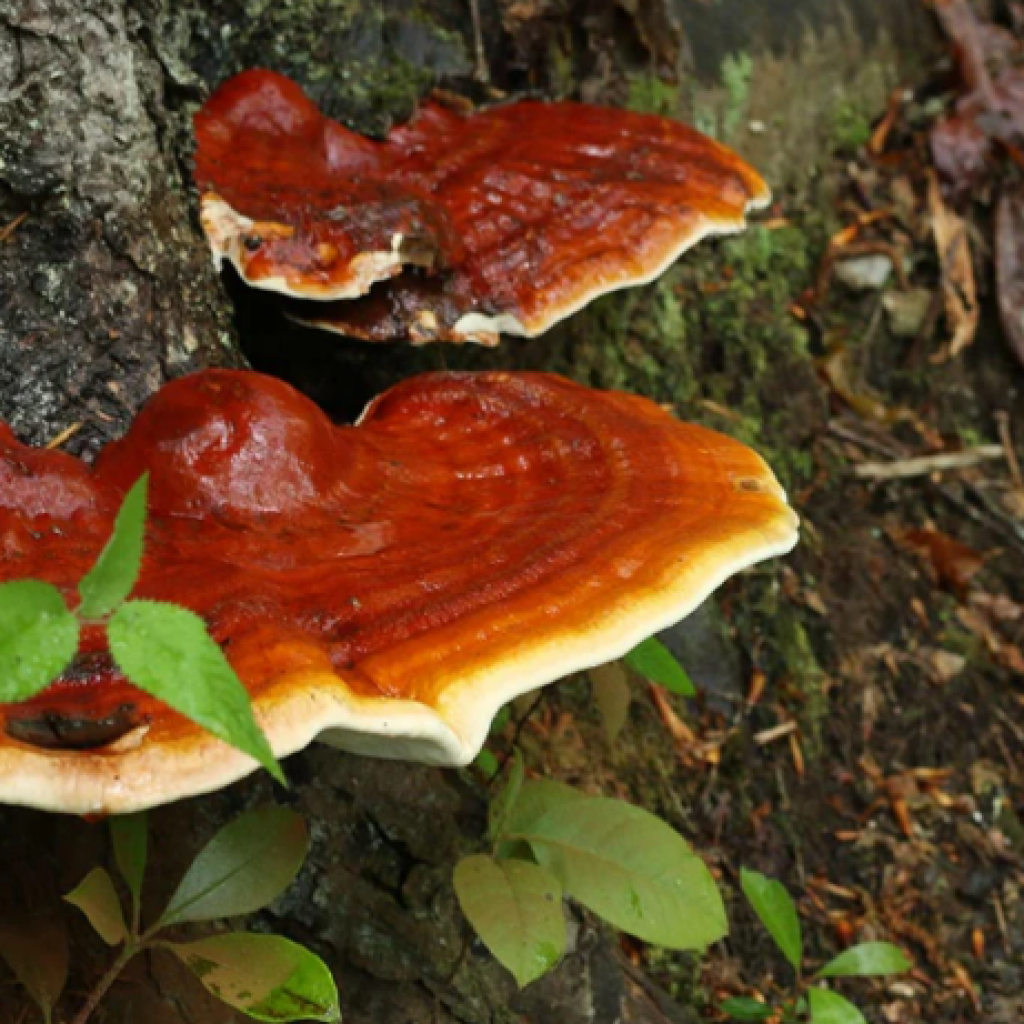
Reishi is one of the most widely studied medical mushroom species. It grows all over Canada on dead and dying trees. A revered mushroom since ancient times, the ancient Chinese herbalist Shennong Ben Cao Jing wrote of Reishi (Lingzhi): “If eaten customarily, it makes your body light and young, lengthens your life, and turns you into one like the immortal who never dies. “
It could be that our ancient ancestors knew what’s up as this medicinal mushroom contains over 400 different bioactive compounds including triterpenoids, polysaccharides, nucleotides, sterols, steroids, fatty acids, proteins, peptides, and trace elements.
Hundreds of bioactive compounds, mainly in the form of polysaccharides and triterpenes assist the body in numerous ways. This includes calming and anti-anxiety effects due to triterpenes, a compound which may also inhibit tumor invasion and metastases.
Reishi is also thought to boost the immune system, increase strength and stamina and lower cholesterol. It can be used to treat lower urinary tract symptoms in men, according to Sloan Kettering Cancer Centre.
Look for a kidney or fan-shape with a distinctive red to orange color, and a shiny lacquered finish on the top. The underside is white (or tan or grey in older specimens) and has pinprick-like dots and develops a brown/tan bruise when pressed.
This fungus has no poisonous lookalikes in North America so it’s a safe option for beginner foragers.
Turkey Tail
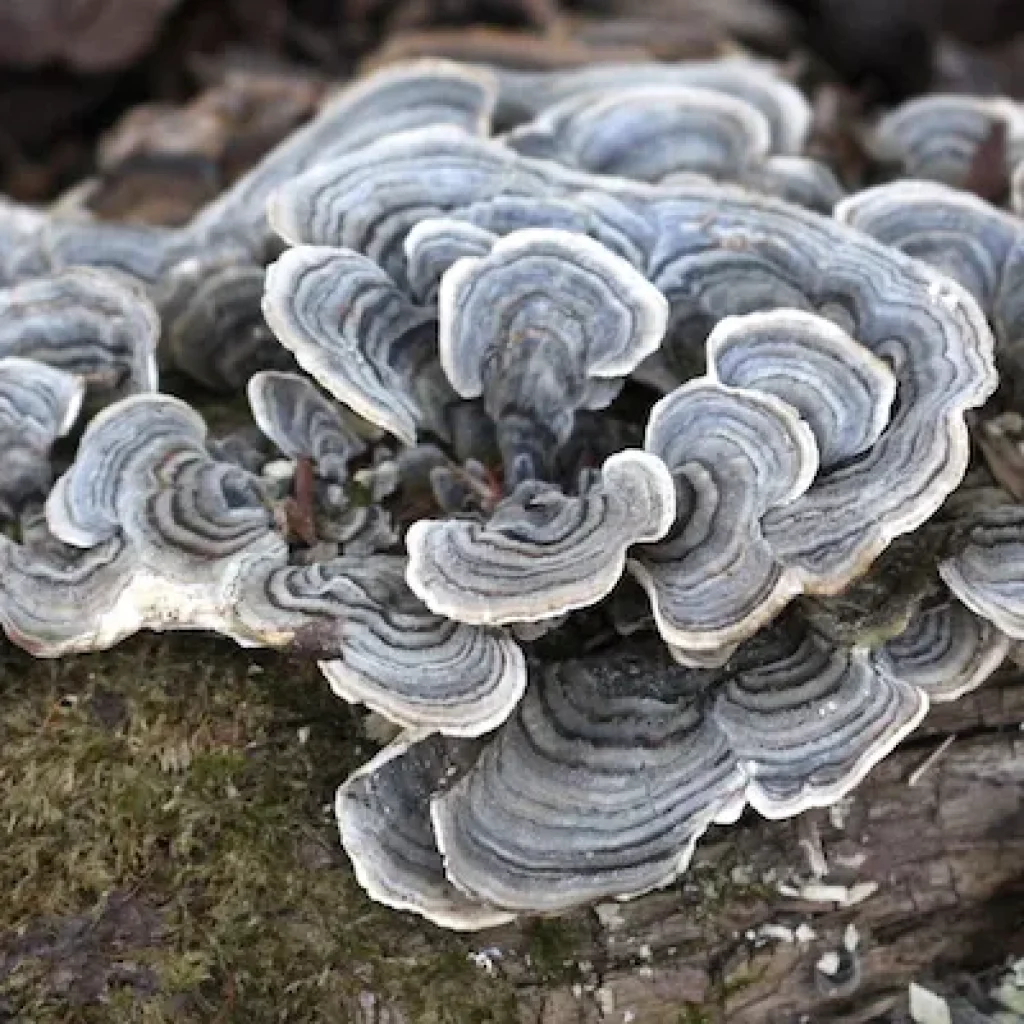
This legendary medicinal mushroom is one of the most common in Canada and around the world. They are found year-round virtually anywhere there are dead hardwood logs and stumps.
According to Shennong Ben Cao Jing, Turkey Tail is said to promote vitality, healthy liver function, and strong bones and muscles.
As with all 4 mushrooms discussed in this article, Turkey Tail is not a gourmet mushroom. Rather it’s a functional mushroom with a tough exterior.
The beneficial compounds such as the immune system stimulating polysaccharide-K (PSK) must be extracted in hot water to become bioavailable.
According to UCLA Health, modern research has confirmed that compounds found in the turkey tail mushroom bolster the immune system.
Krestin, a preparation made from the turkey tail mushroom, has been used as a supportive therapy in cancer treatment in Japan for decades. It helps treat breast, lung, gastric, pancreatic, and liver cancer.
Additionally, it’s thought to be excellent for liver health, gut health, and is a powerful antioxidant.
Turkey Tail has no known poisonous lookalikes, however there are quite a few non-toxic lookalikes. Make sure you research your find if you forage to ensure it’s actually turkey tail.
Rest assured that you don’t need to forage for mushrooms to avail yourself of their claimed medicinal benefits. You can find many medicinal mushroom products – fresh and in other formats such as teas and tinctures online and in health stores.
Research the producer for quality and sustainable practices and talk with your doctor beforehand to ensure that the choices you make are safe for your health.
The information provided on TheHealthInsider.ca is for educational purposes only and does not substitute for professional medical advice. TheHealthInsider.ca advises consulting a medical professional or healthcare provider when seeking medical advice, diagnoses, or treatment.

